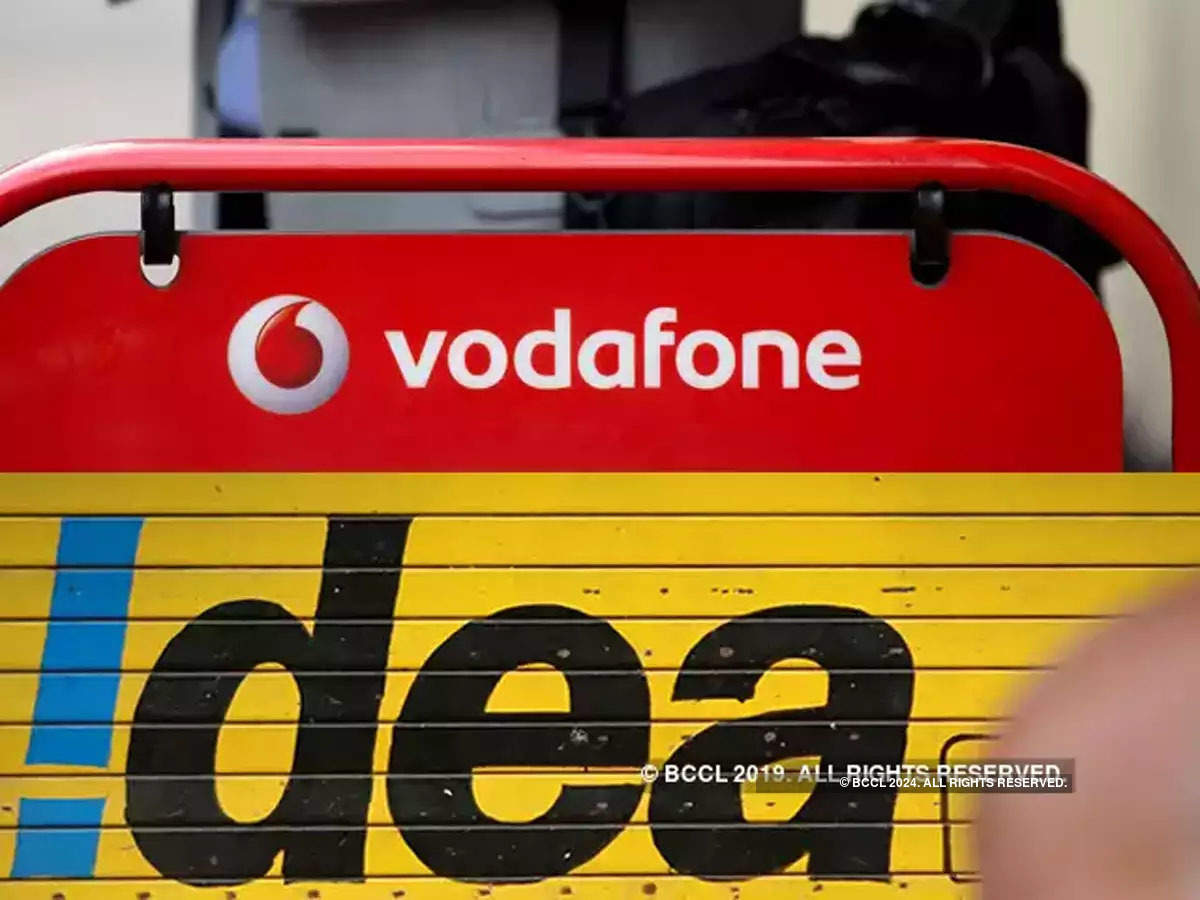
[ad_1]
 NEW DELHI: Vodafone Idea’s survival is hinging on decent-sized capital infusion and industry reforms such as floor tariff and other reliefs, brokerage firm ICICI Securities said in a note on Monday.
NEW DELHI: Vodafone Idea’s survival is hinging on decent-sized capital infusion and industry reforms such as floor tariff and other reliefs, brokerage firm ICICI Securities said in a note on Monday.
“VIL is the weakest private telco. The company continues to face losses (now slipping into negative networth) and risk of eventual bankruptcy. While AGR extension could be a short term breather, its survival hinging on decent sized capital infusion and industry reforms such as floor tariff and other reliefs,” it said.
VIL, which had earlier sought a 20-year period, had changed this to 15 years in the last court hearing.
“We expect the Supreme Court to allow staggered payment over 15 years, where the annual payout for VIL will be ~RS 6000 crore. It indicated that further Capex plans, as well as fundraising initiative decisions, will be taken post the AGR verdict, which we believe will hold the key for survival,” it added.
The telco’s management is conscious of its liquidity situation. Thus, it is restricting its investments in 16 priority circles and profitable districts of the remaining 6 circles. These 16 priority circles form 94% of the company’s revenue and 87% of industry revenues.
Vodafone Idea’s management believes that price is unreasonably low and there is enough room for incremental price hike. To generate healthy returns, ARPU should be in the range of Rs 230-250.
VIL is currently discussing with tower operators to reduce loading charges and is looking to control/optimize energy cost along with IT cost. The company has already repaid Rs 29.4 billion out of total debt of Rs 36.3 billion, which has to be repaid by Mar’21.
“We are waiting for a conclusion as far as the AGR matter is concerned, which will give us clarity on what kind of funding requirements we have,” Akshaya Moondra, chief financial officer of Vodafone Idea said during an earnings call a day after the telco reported a loss of Rs 25,460 crore for the first quarter. “We are definitely looking at opportunities for raising funds.
The loss-making operator has started a restructuring drive to help save Rs 4,000 crore on an annualised basis over next 18 months. The steps include cutting IT costs, centralising decision making, lowering distribution costs by pushing digital recharges and automating functions.
Analysts said the telco may shed some 2,000 more jobs.
VIL is losing its competitive positioning with continuous subscriber churn. It lost 11m/21m/4m/1m in total/active/data/4G subscribers in 1QFY21.
“Further, weak liquidity position has restricted VIL’s ability to invest in networks, which has led VIL to focus on 16 out of 22 circles. This could limit its growth and further lose competitive position.,” Motilal Oswal Institutional Equities said.
During the quarter the telco provided Rs 19,440 crore towards total estimated AGR liability, taking total provisions to Rs 58,250 crore.
Revenues of Vodafone Idea fell by 9.3% sequentially coupled with a net loss of 11.1 million customers. Vodafone Idea reported an EBITDA of Rs 1,540 crore, adjusted for one-offs, down by 10% QoQ, and adjusted margin of 14.4%, down by 20 bps QoQ.
Vodafone Idea’s subscriber base fell by 11.3 million to 279.8 million while its 4G subscribers base declined modestly by 1 million subscribers QoQ to reach 104.6 million subscribers. Even the post-paid subscribers base at 21.5 million went down by 1.5 million QoQ, owing to fall in POS connections
Its ARPU declined 5.8% sequentially to Rs 114, mainly on the back of weak subscribers base and Covid-19 led validity extension of subscribers.
The private telco indicated that the ARPU level of Rs 230-250 is required for a decent cost of capital recovery.
“Vodafone Idea’s (VIL) Q1FY21 performance was a reflection of its continued weakness in terms of sub-par subscriber quality, lag in the 4G network, balance sheet stress,” the note mentioned.
The telco recently announced plans to save on Opex costs wherein it is targeting Rs 4,000 crore of annualized cost savings over the next 18 months. The telco is aiming to rationalize savings across cost items as it plans to consolidate its operations to 10 circles approach from the traditional 22 circle approach, with a focus on 16 key circles (which contributes 94%, 87% of the company, industry revenues, respectively), resulting in lower administrative, network, IT and other costs.
[ad_2]
Source link